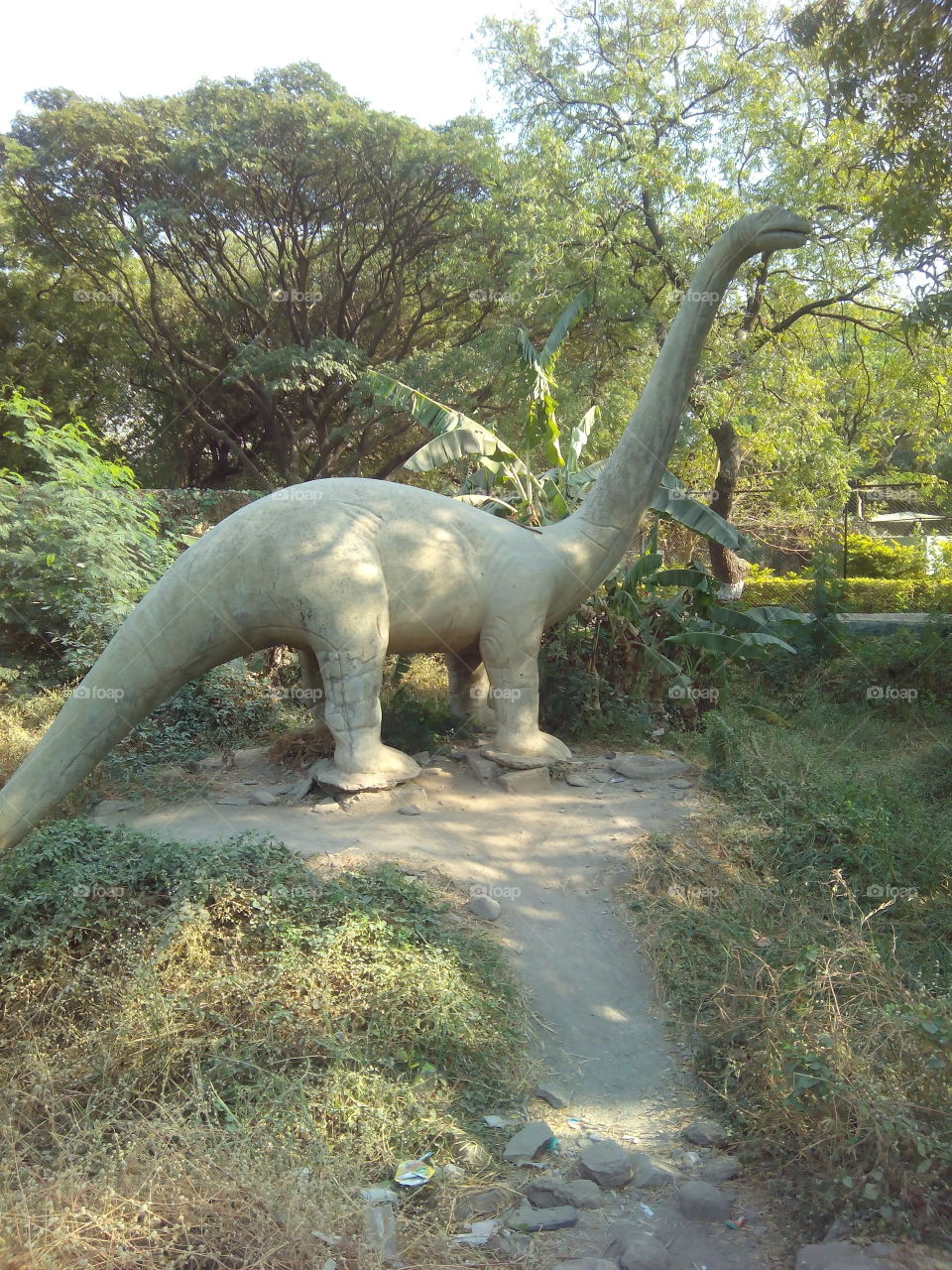Fossils show that some of the more advanced dinosaurs had feathers or feather-like body covering, but many of them didn't fly and probably didn't even glide. Archaeopteryx, which was for a long time considered to be the first bird (although this status is not certain), could likely launch itself from the ground, but probably couldn't fly far, according to unpublished research presented at the 2016 Society of Vertebrate Paleontology meeting in Salt Lake City, Utah. Instead, feathers, likely helped these bird-like dinosaurs stay warm as juveniles or send signals to other individuals. Many people think extinct flying reptiles called pterosaurs were dinosaurs. They were dinosaurs' closest relatives, but technically not dinosaurs. Pterosaurs had hollow bones, relatively large brains and eyes, and, of course, the flaps of skin extending along their arms, which were attached to the digits on their front hands. The family includes Pterodactyls, with elaborate, bony head crests and lack of teeth. Pterosaurs survived up until the mass die-off 65 million years ago, when they were went the way of the dodo along with marine reptiles and other nonavian dinosaurs. Hip check Dinosaur fossils were first recognized in the 19th century. In 1842, paleontologist Richard Owen coined the term dinosaur, derived from the Greek deinos, meaning "terrible" or "fearfully great," and sauros, meaning "lizard" or reptile." Scientists classify dinosaurs into two orders — Saurischians and Ornithischians— based on the structure of the bones in their hips. (This saurischian and ornithischian grouping is now disputed. See the "Family tree update" section below to learn more.) Most of the well-known dinosaurs — including Tyrannosaurus rex, Deinonychus and Velociraptor — fall into the order known as Saurischian dinosaurs (pronounced sor-ISK-ee-en). These "reptile-hipped" dinosaurs have a pelvis that points forward, similar to more primitive animals. They are often long-necked, have large and sharp te
Photo by pnvcreation
Royalties free, Commercial & Editorial use
$10.00


